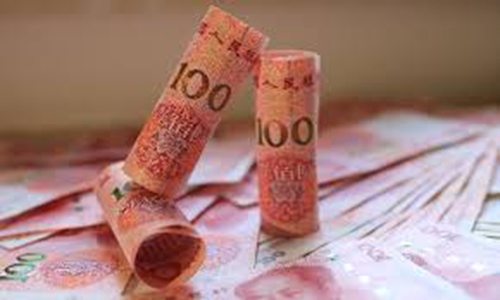HOME >> SOURCE
Massive stimulus should remain option for China's economic revival
Source:Global Times Published: 2020/3/2 22:23:40

File photo
The latest release of China's official data and Caixin purchasing managers index (PMI) data has offered us some clues of the extent to which the coronavirus outbreak has hurt the country's business activities. And more economic figures will follow to help us better understand the country's current economic woes.If more data and facts indicate the seriousness and urgency of China's economic plight in the wake of its efforts to contain the virus' spread, it will be necessary for China to start weighing a large-scale stimulus package that will likely exceed the 4-trillion-yuan ($574 billion) stimulus plan announced in 2008. Of course, such a grand stimulus package would have to be decided based on a rigorous and pragmatic evaluation of the current economic difficulties.
There have been heated discussions among scholars as to what kind of economic relief is essential to revive the Chinese economy, and many believe that a large-scale stimulus package like that of 2008 is out of the question given its consequential impacts, such as a high leveraging ratio and excess production capacity.
A macroeconomic stimulus package would certainly have its flaws, especially considering central authorities' long-time emphasis on deleveraging. Yet, everything has its pros and cons, and the government's policy priorities need to change alongside the actual situation.
During the 2008 financial crisis, China's GDP growth slowed to 6.8 percent in the fourth quarter. The fast deterioration of the economic environment was an important background against which Chinese policymakers rolled out their 4-trillion-yuan stimulus package, attempting to sustain economic growth.
If the Chinese economy continues to slow during the structural adjustment and transformation of its economic growth pattern, there is no need to introduce any massive stimulus program to disrupt the pace of economic development. But if the economy is hit too hard by a major internal or external factor like the coronavirus outbreak, it may be necessary to consider adjusting economic policy to regain momentum for the time being. To prevent systemic risk, a large-scale stimulus plan, despite the side effects, should not be easily shelved.
To be clear, we are not saying that China must issue another 4-trillion-yuan stimulus package. In fact, given the country's economic size today, 4 trillion yuan is likely not enough to achieve the desired results. If the Chinese economy encounters huge obstacles this time around, conventional economic stimulus measures won't help much. And to adhere to its economic bottom line, China needs to devise a massive stimulus that could achieve a similar economic boost to that of the 4-trillion-yuan plan in 2008.
The central government is probably now assessing the economic damage caused by the epidemic and preparing follow-up measures to stabilize economic growth. Desire to avoid a flood of investment should not be a deterrent to strong stimulus during exceptional times. Strong stimulus may not be the best option, but is likely the most effective way to pull China out of its current difficulties.
Posted in: GT VOICE